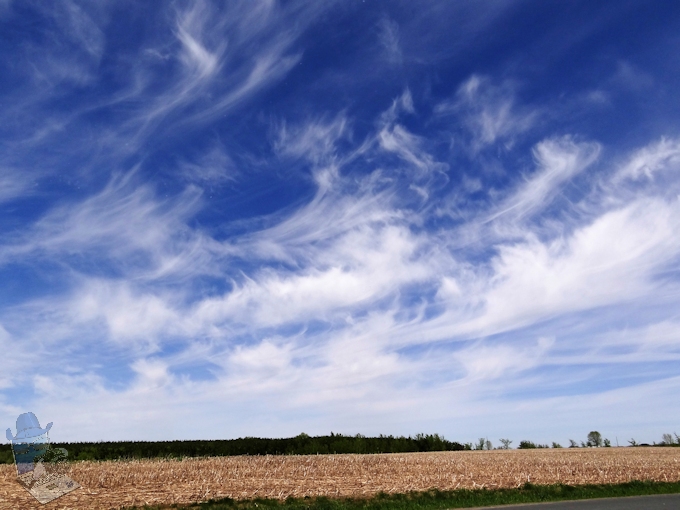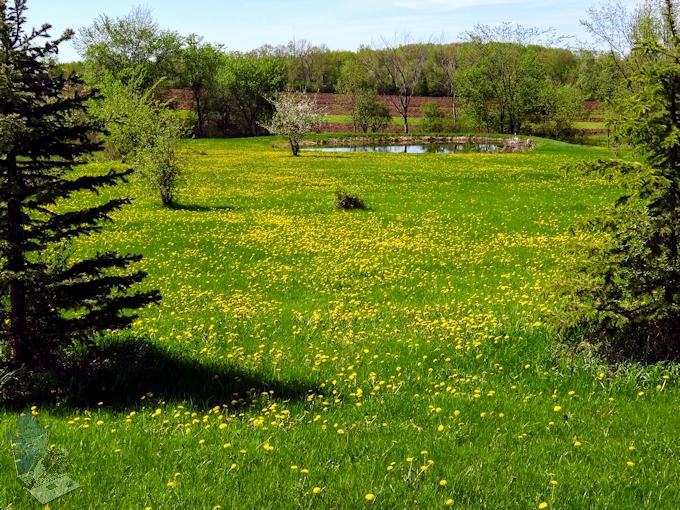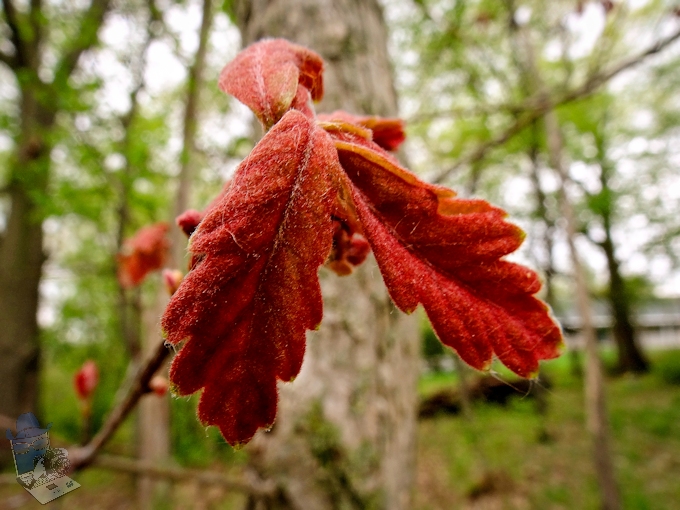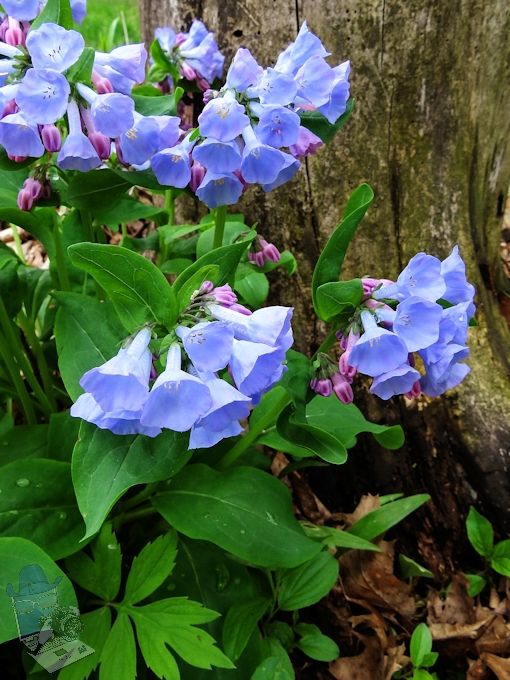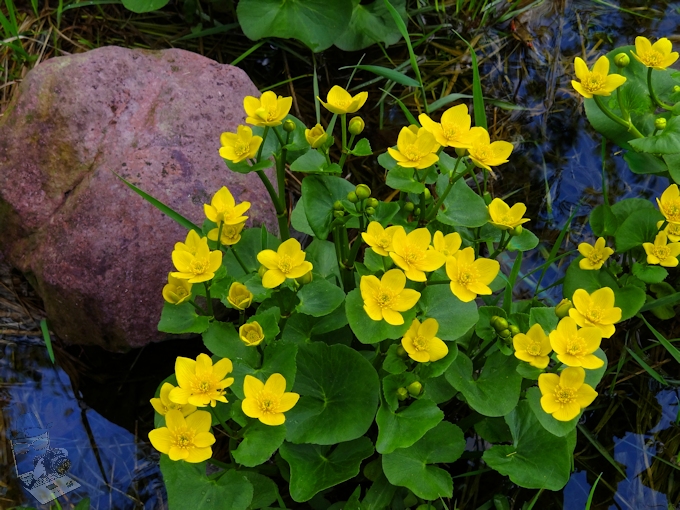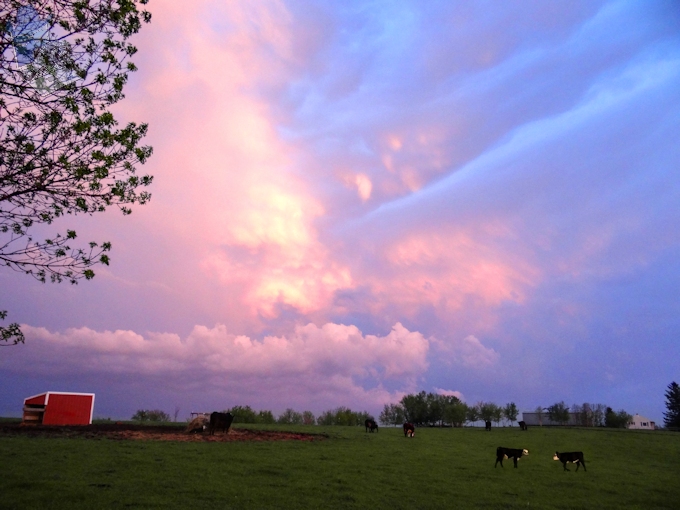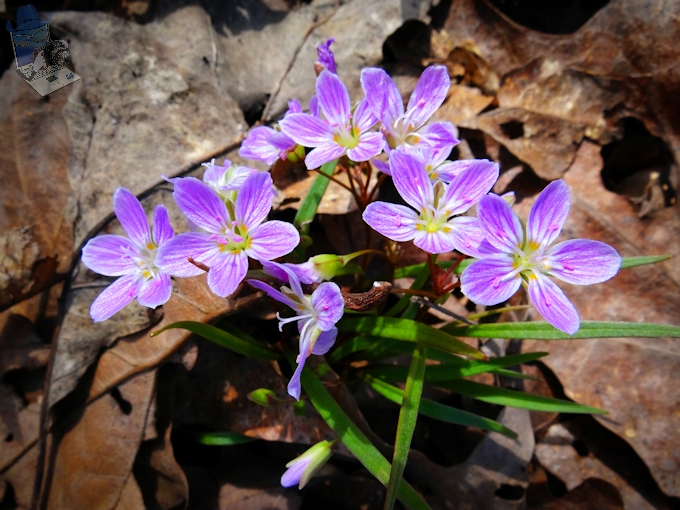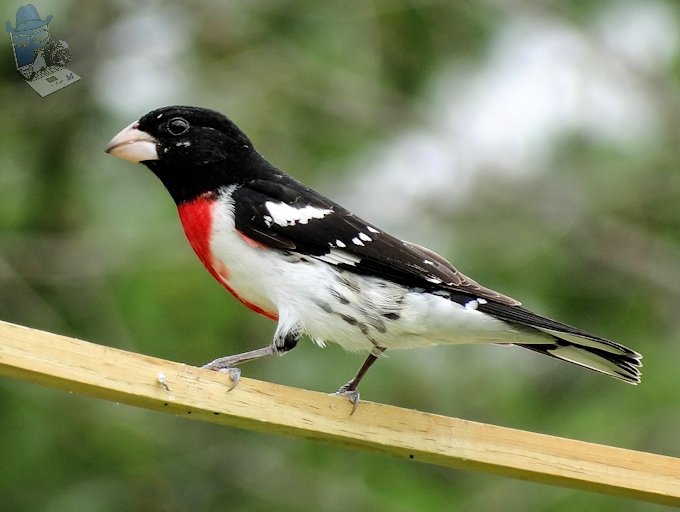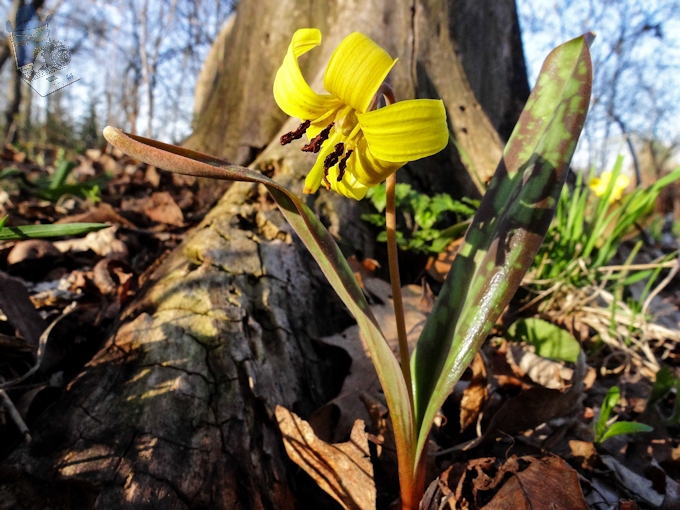When I was mowing lawn yesterday, I had to stop several times to take some pictures of the clouds. There was a ring around the sun and other clouds had rainbow colors in them. Away from the sun, the ‘horse tail’ clouds or Cirrus clouds filled the sky.
The Cirrus clouds consist almost exclusively of ice crystals that appear on the sky in white delicate patches or narrow bands, and it was those ice crystals that caused the colorful ring around the sun and the rainbow clouds.
The common English name for a cirrus cloud is Mare’s Tails since the long threads of cloud often resemble a horse’s tail. Cirrus clouds are sometimes a sign that wet and stormy weather might be coming. And that it did, as it rained during the night, which won’t help getting the fields planted.
Mare’s Tails


